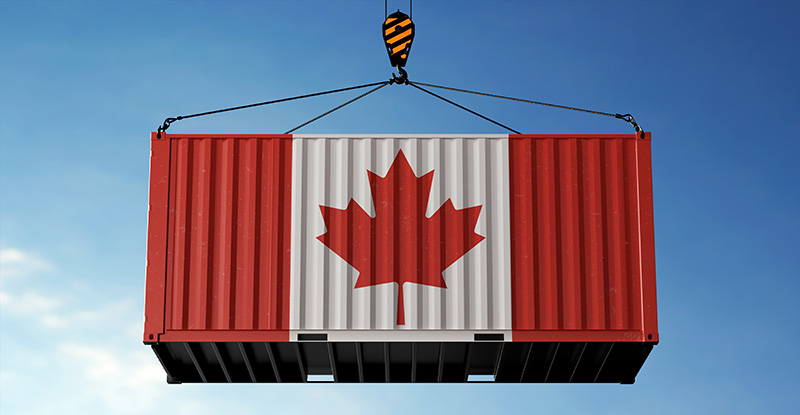
As tariffs create uncertainty for businesses, CPAs are uniquely equipped to help organizations prepare for the impacts and mitigate risks. CPAs sharpened these skills during the unprecedented disruption of the COVID-19 pandemic, when businesses faced sudden shutdowns, supply chain breakdowns and rapidly shifting customer demands. Thrust into real-time crisis management, accountants gained invaluable experience in financial resilience, scenario planning and operational agility. That crash course in business continuity has made the profession better prepared than ever to navigate the kind of uncertainty tariffs now present.
To effectively respond to the impact of increased tariffs, businesses need a balanced approach—one that combines proactive planning with nimble day-to-day operations. These five steps will help CPAs safeguard profitability, reduce risk and build long-term resilience:
1. Identify your tariff exposure
Start by identifying which of your products, suppliers or clients are directly or indirectly affected by tariffs. Consider the following as part of your evaluation:
- Map your full supply chain by identifying all goods and components imported from or exported to any country to understand where each product or material originates, including indirect sources or transit points that may be affected by new trade measures.
- Cross-check your products’ HS codes against the most current Canada, U.S., and international tariff schedules.
- Identify suppliers or partners that may be impacted by tariffs or retaliatory measures and assess the reliability and flexibility of your current supply chain.
- Staying on top of government announcements will be important to understand the current exposure your business faces.
2. Assess cashflow through scenario planning
Model different trade scenarios—ranging from minor disruptions to sustained tariff pressure, including conducting a worst-case scenario analysis—and assess the potential financial impact on your business. Use these insights to adjust forecasts, budgets and operations accordingly. Consider the following:
- Review cashflow models to anticipate cost increases, short-term financing needs, or revenue dips.
- Manage receivables and payables carefully to maintain liquidity.
- Seek alternative financing options, such as government-backed loans or flexible credit lines.
- Defer payments where possible to preserve cash.
- Assess inventory levels of tariff-affected goods (raw materials, components, finished goods) and ability to stockpile (if tariffs are not yet in force) or to diversify inventory sources.
- Re-evaluate capital expenditure plans if they are reliant on imported equipment or materials subject to tariffs. It may be prudent to delay or phase projects until market conditions stabilize.
3. Diversify markets and supply chains
Reduce reliance on a single market or supplier by exploring:
- New domestic or international markets for your products or services. Look at emerging and stable partners and consider Canada’s existing trade agreements.
- Alternative suppliers—locally or globally—that offer comparable quality without tariff exposure. Understand the impact of changing suppliers on transport routes, including cost, delivery times, customs complexity and foreign exchange risk.
4. Strengthen customer and supplier relationships
Transparent and proactive communication with your supply chain is key to navigating volatility. Start a conversation to:
- Discuss pricing, supply challenges and timelines early to manage expectations.
- Collaborate on joint solutions such as volume discounts, longer-term contracts or co-investment in alternative supply options.
- Provide value beyond price by offering enhanced service, education or bundled solutions that support products not affected by tariffs.
5. Protect profit margins and improve productivity
Businesses can benefit from a rigorous review of operational efficiency. Consider the following:
- Analyze your profit margins by product or service to identify where the additional costs due to tariffs impact profit margins; determine if price increases can be passed to customers without impacting competitiveness.
- Cut unnecessary costs without compromising quality—consider renegotiating contracts, automating repetitive tasks or consolidating purchases.
- Improve productivity by identifying areas where processes can be streamlined or technology, automation and AI can be integrated to automate routine tasks.
- Manage overhead carefully by reviewing staff allocation, leases, subscriptions, and other recurring expenses.
Content developed and written by Taryn Abate, CPA, director of research and thought leadership at CPA Canada.
Originally published by CPA Canada.



